If you’re a model builder who likes to scratch build Sci-Fi stuff like myself, you have no doubt heard of ILM’s Universal Greeblie. A greeblie is a piece of plastic, usually a model kit piece, that is used to decorate a starship model or similar creation. This term originated from the Visual Effects shop created by George Lucas, called Industrial Light and Magic. ILM modelers built most of the iconic models created for such films as Star Wars, Battlestar Galactica, Close Encounters of the Third Kind and many others of that time period.
ILM model makers adding model kit greeblies to the original, three foot diameter Millennium Falcon model. Below is a close up of the six foot Star Destroyer model replant with thousands of model part greeblies.
You can find many references to these early ILM days in which modelers talk about a certain greeblie that seemed to be used just about everywhere. They called it the Universal Greeblie. I’ve heard Fon Davis and Adam Savage, both former ILM model makers, talk about this greeblie but was never able to actually see which part they were talking about. It took some researching but I eventually found out which model kit had the part and exactly what part they were talking about.
There was a model kit of the WWII German Leopold rail gun in 1/72 scale produced in the 70’s by Hasegawa, and this kit contained several dozen of these “Universal Greeblies”. Recently I did a search for this kit and found that they were still making it. So I purchased it for use on my SF models. These kits are never cheap and I only buy kits that have a bunch of parts in them that I can use. So it was with good fortune that this Leopold gun had more than just the interesting ILM parts to use.
Have I kept you waiting long enough? Okay, here’s a picture of the actual part of the real train that the greeblie is modeled after. It’s a journal box, and part of the roller mechanism. Four massive bolts hold on this round metal cap that covers the end of the train’s axle. Now on a model that same scale as an HO train, that part is going to be pretty small and not very refined.
This is what it looks like on the model tree.
Here is the reverse side of Part 19, from the kit.
Here is where you install it as per the directions.
Now that we know what the Universal Greeblie looks like and what model kit it comes from, we can spot it in the wild, right? The studio scale model of the Cylon Raider from the original TV series had a few of these pieces on the wing attachment roots. Here is a shot of Moebius Model’s kit version that clearly shows them.
Once you know what certain parts look like, you start to ID them all over ILM models. The Cylon Raider was notorious for having highly recognizable greeblies. In this shot of the bottom of the model we can also clearly see other parts from the Leopold rail gun as well as tank treads, and many more. Can you spot the two UG’s on this model below?
Modelers of these SF vehicles often spend hours looking at detailed pictures of these models trying to ID all the parts so they can recreate them to the last detail. That’s crazy, but I do enjoy looking at them for ideas. The best studio scale movie models used off the shelf kits for parts but the modelers did their best to disguise them. There is definitely an art to detailing models. It’s not always done to perfection. Just watch Star Crash, where the modelers laid entire kit trees with their parts still attached to the model. In all fairness to the modelers on that film, they were rushed for time and could not afford to do it any better. Still, this is exactly how it’s not done.
Below you clearly see the model trees with parts and you can even recognize the Eagle from Space 1999 as well as some TIE fighter windows.
Detailing models in a manner that tricks the eye into thinking it was all designed that way from the beginning is much harder than the average person would think. Trust me. I’ve done it poorly and I’ve done it well and I still struggle with it on every model I build. I’ll leave you with some shots of my models, built in the ILM tradition.
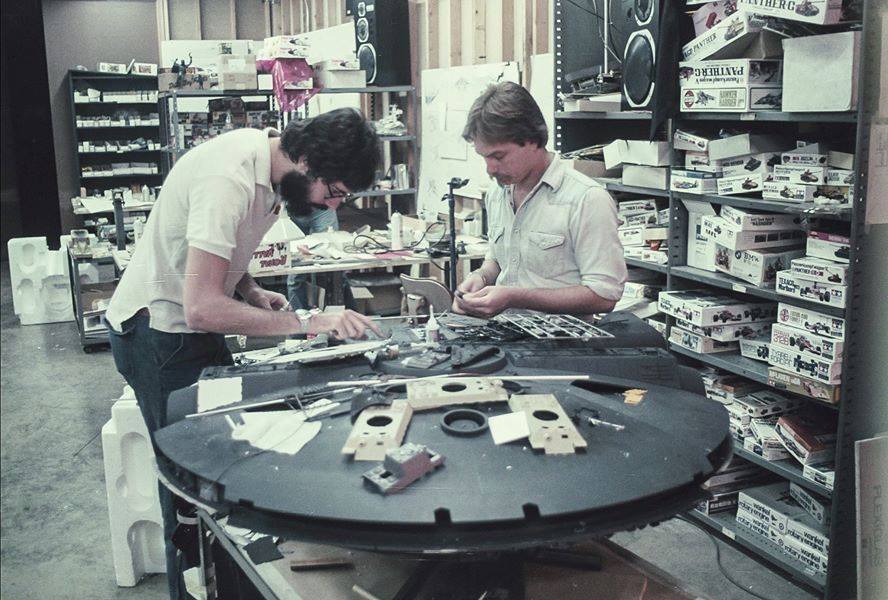
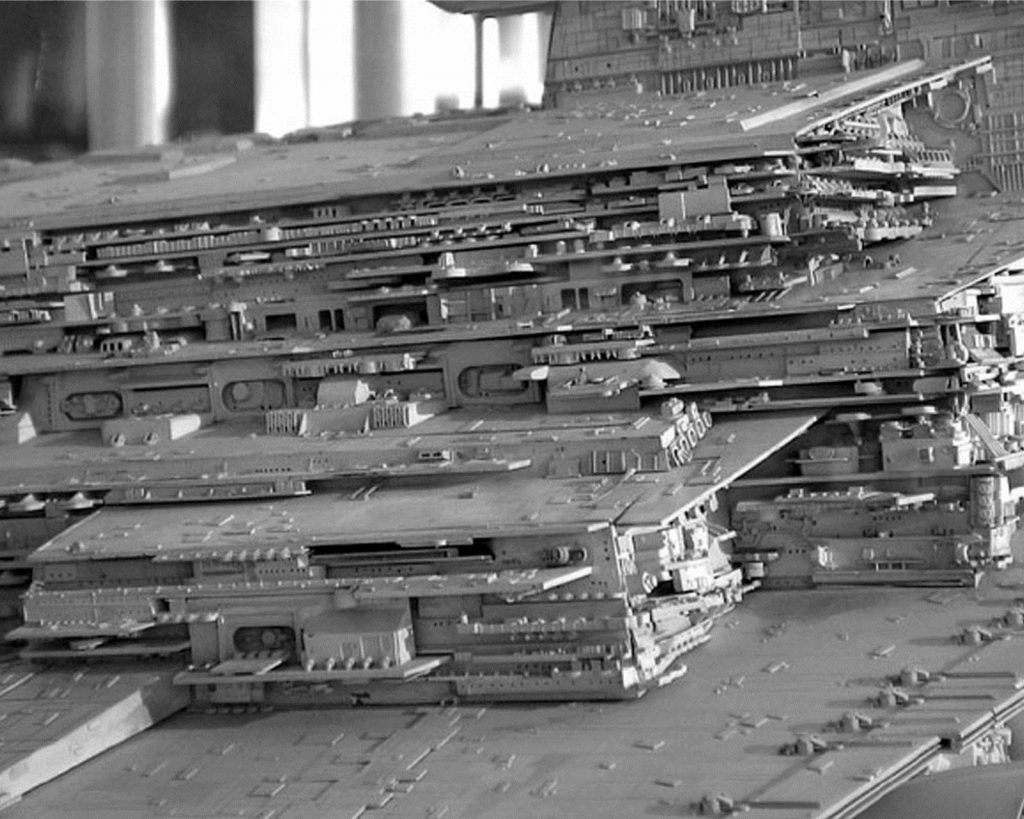
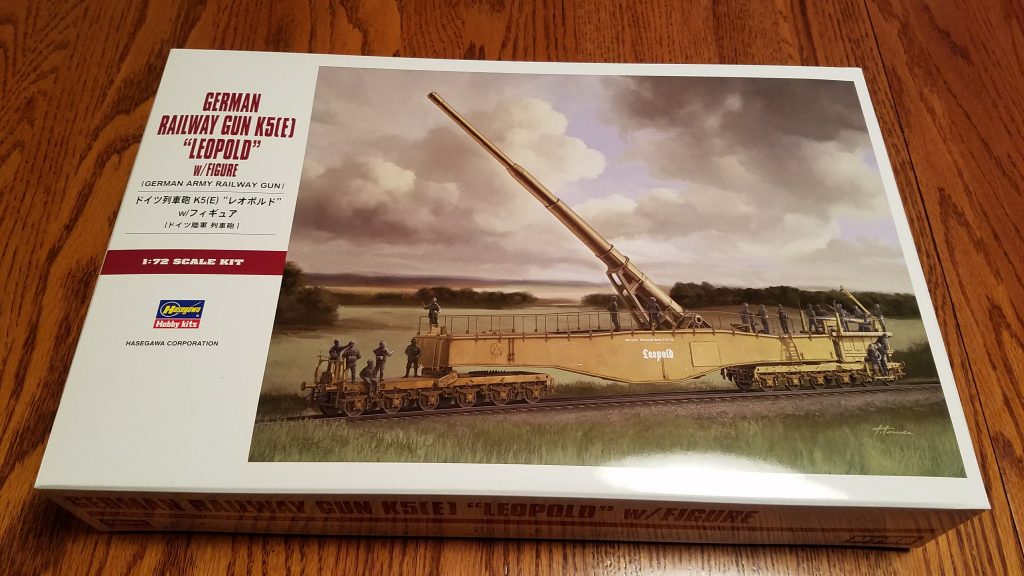
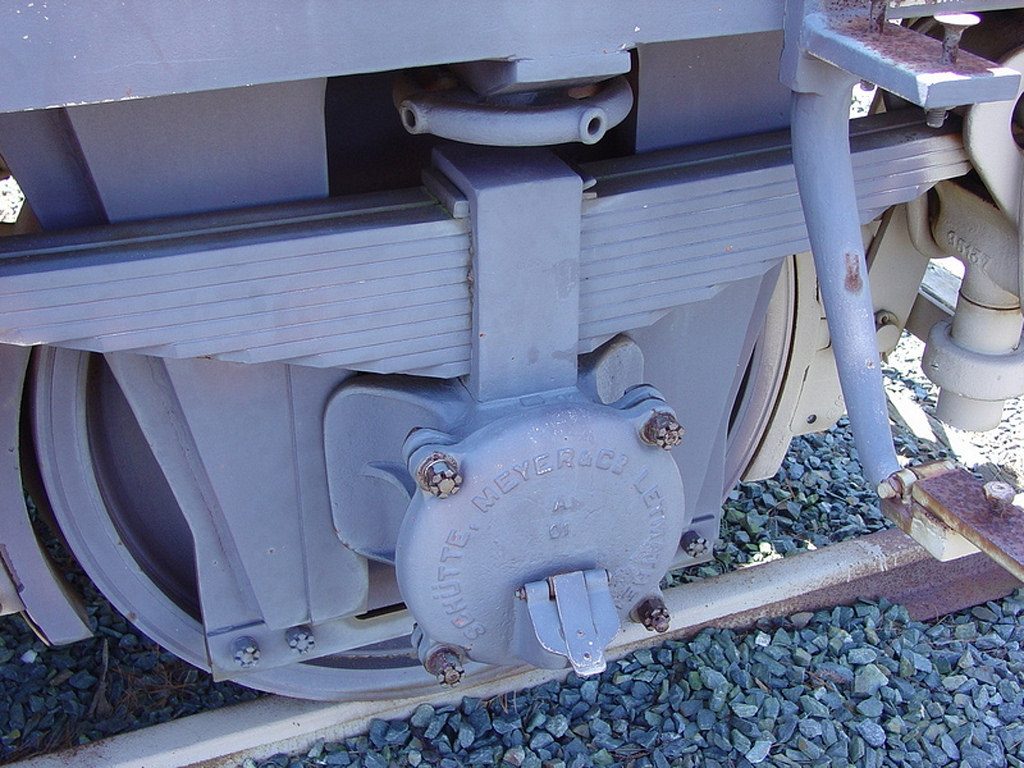
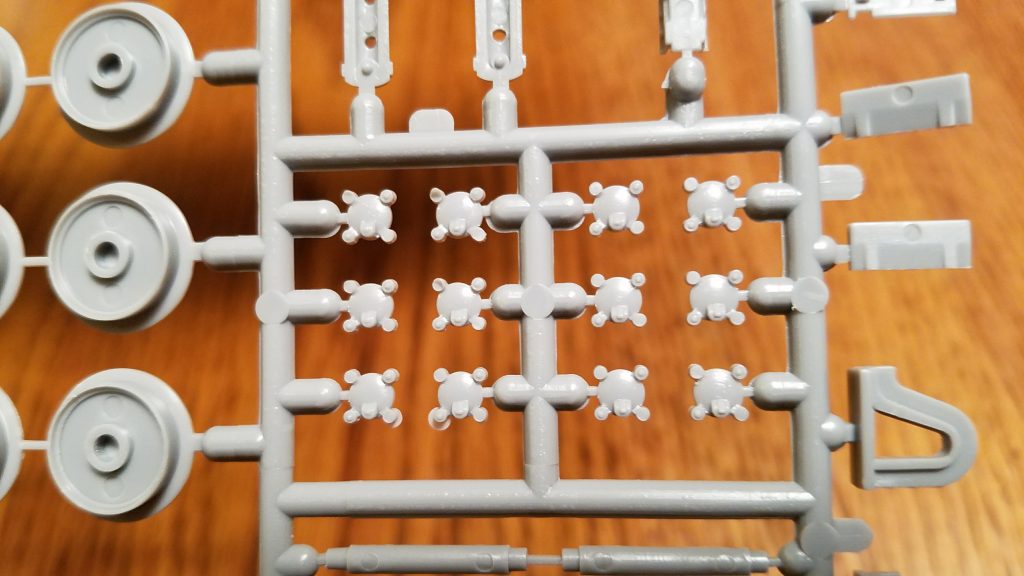
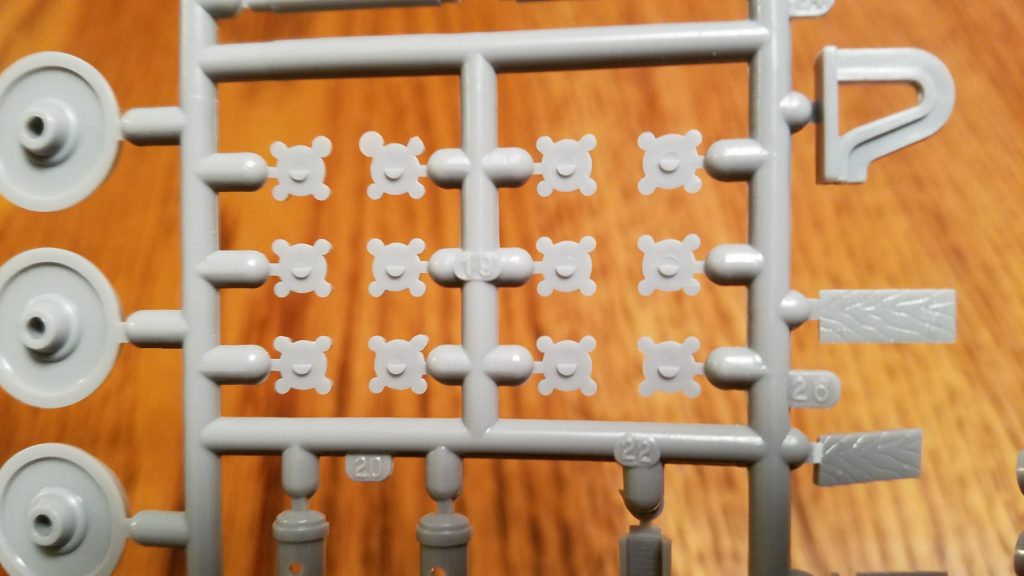
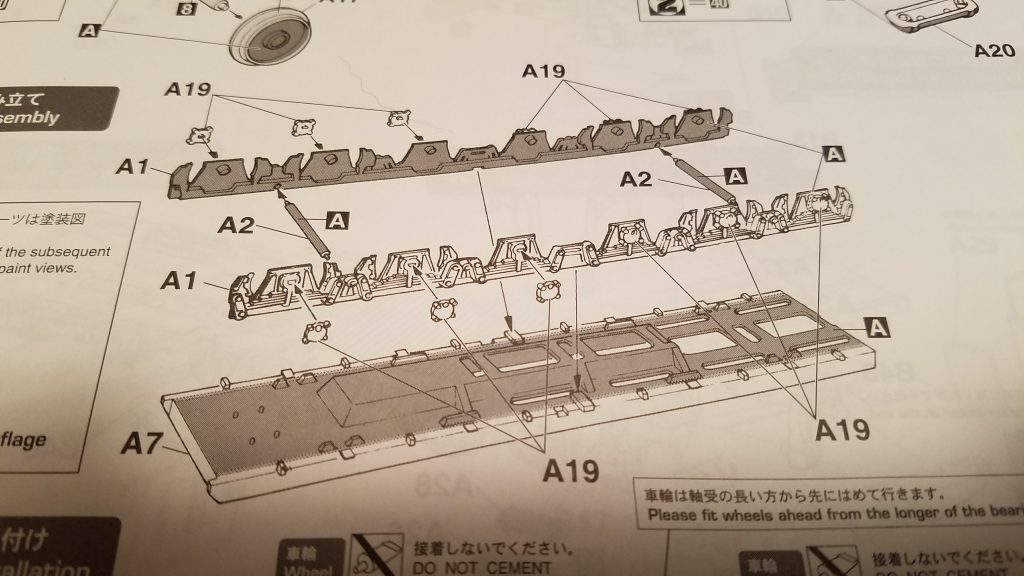
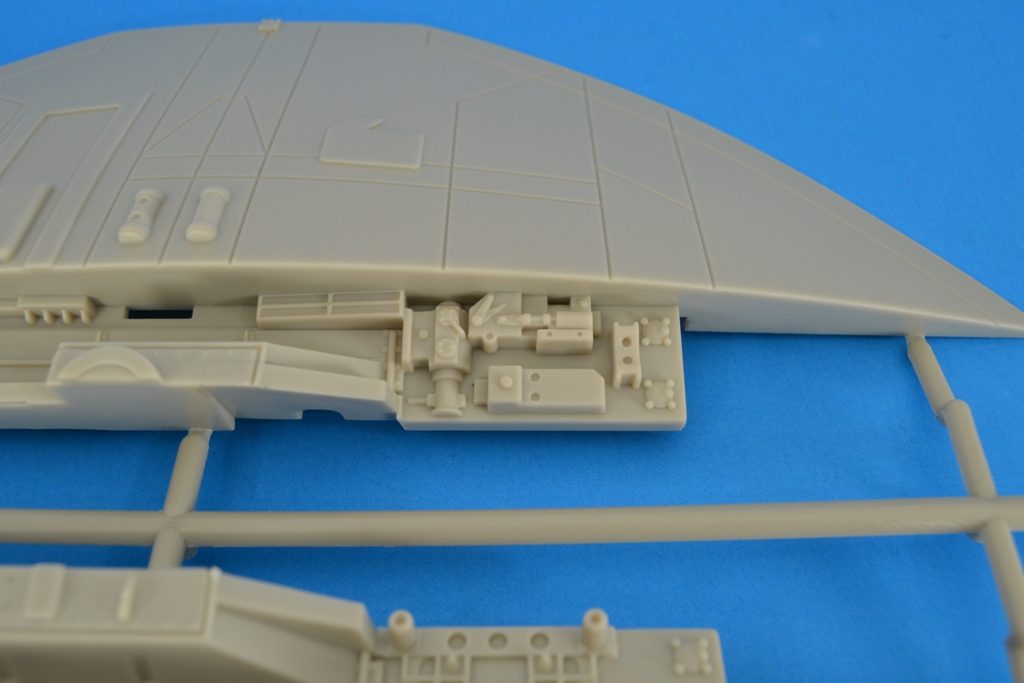
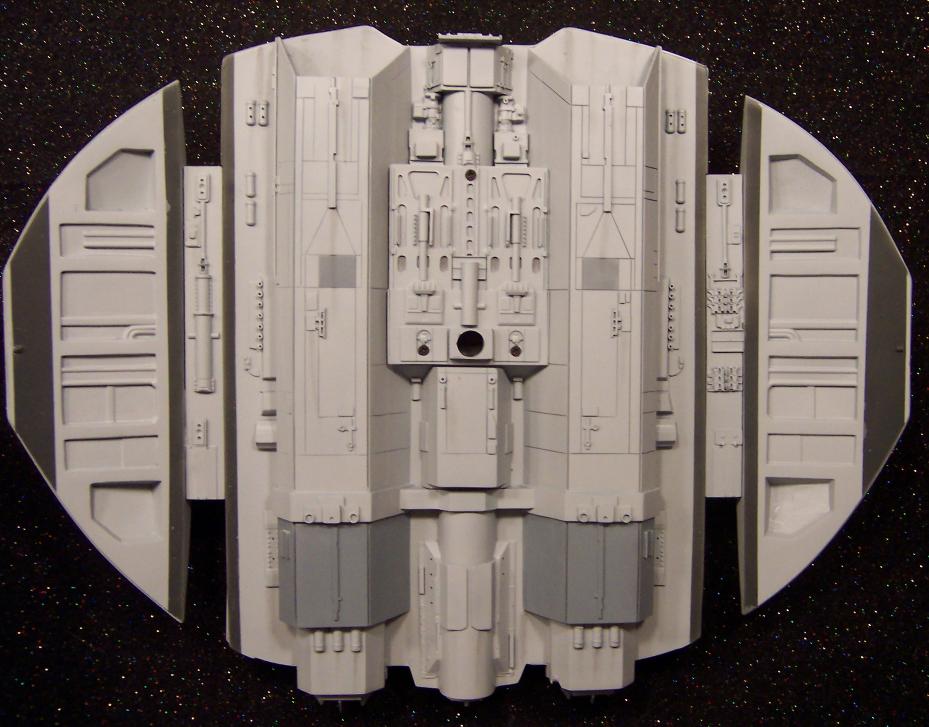
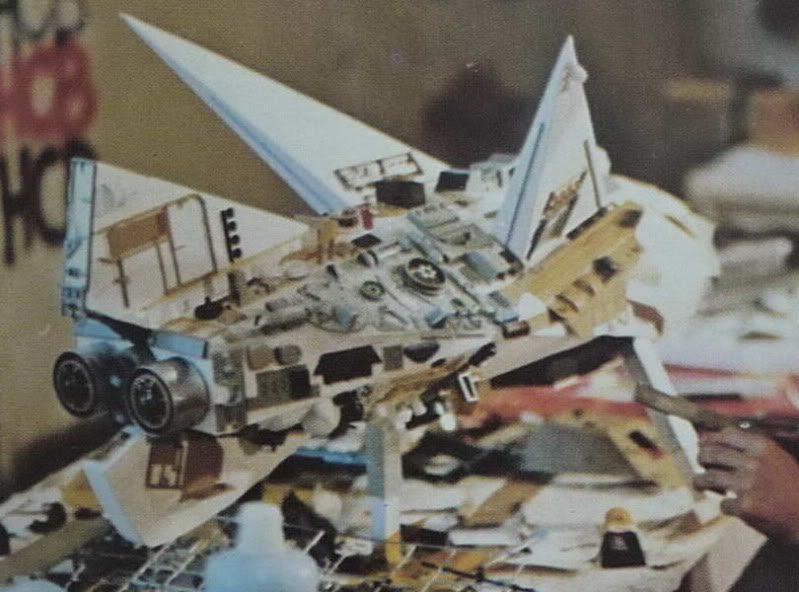
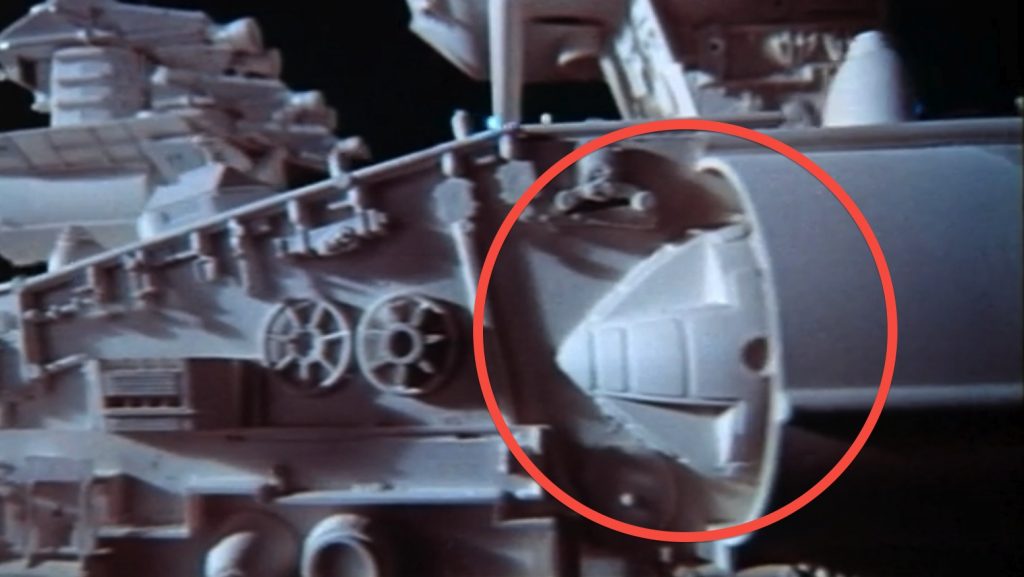
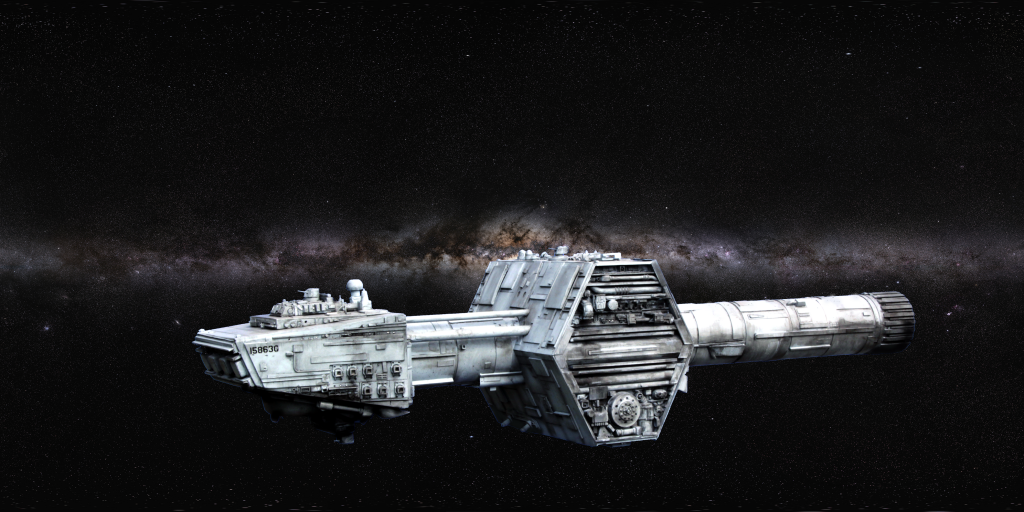
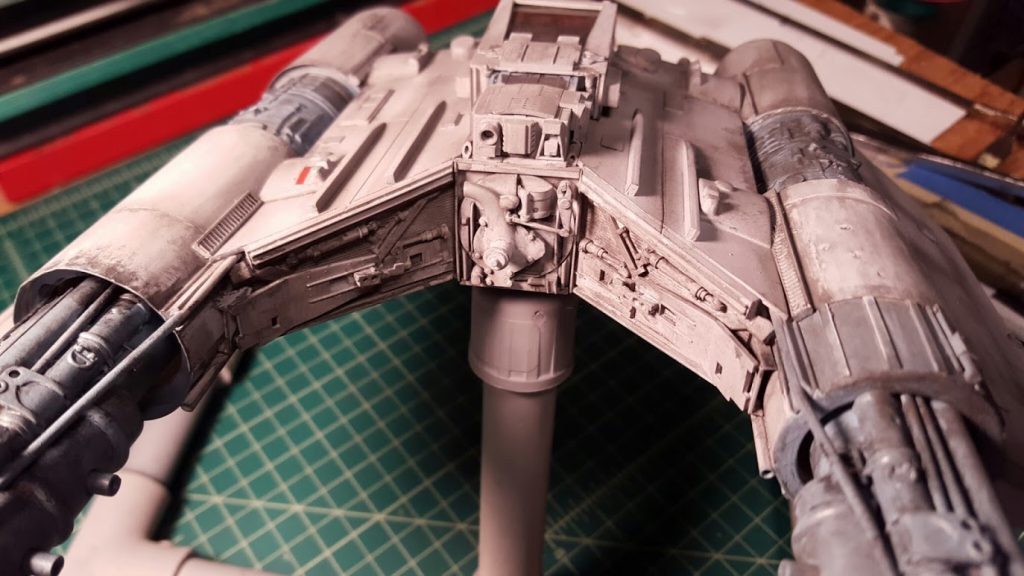
Pingback: 3D printing: What I’ve learned Part 1 (Hardware) – Map's Edge Creative Services
Pingback: Tips of the Week: Working with Styrene, Overcoming Maker’s Block, and YouTube to the Rescue - Dragmojo Lifestyle Stories
Pingback: Tips of the Week: Working with Styrene, Overcoming Maker's Block, and YouTube to the Rescue | Make:
Comments are closed.